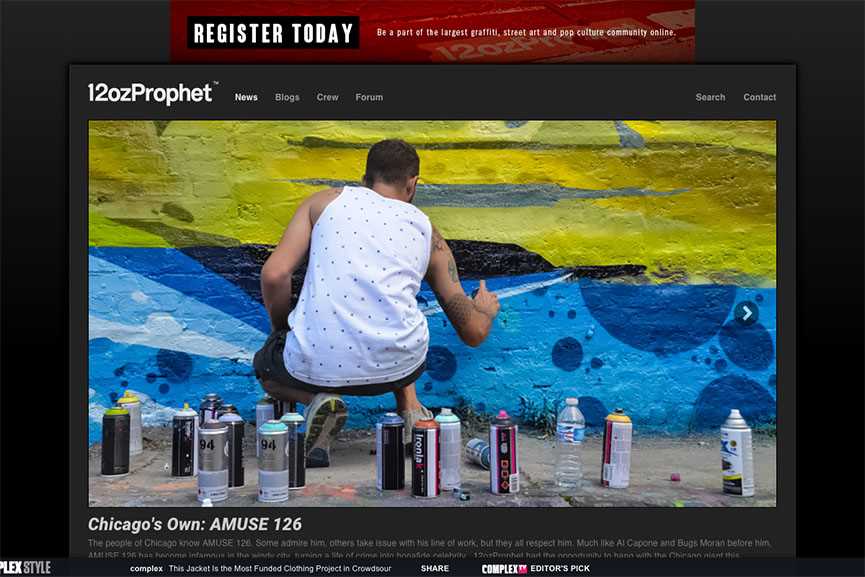
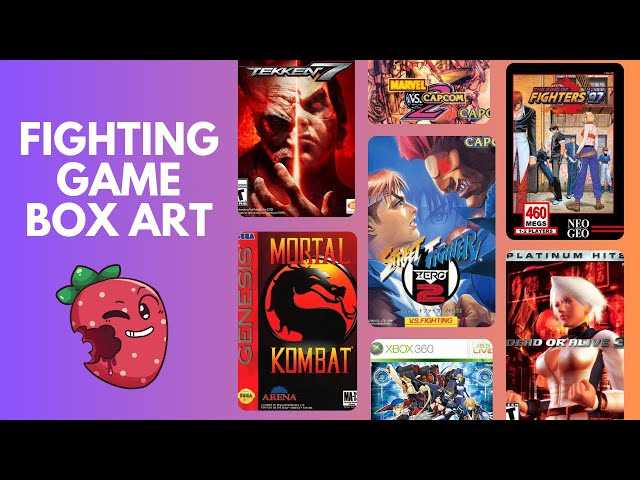
Since its debut in 1987, Street Fighter has been captivating gamers with its iconic characters and intense arcade fighting gameplay. But beyond the pixelated punches and high-flying kicks, the franchise’s box art has also played a crucial role in its success. As the first visual representation of the game, the box art serves as a visual invitation to players, promising an exciting and immersive gaming experience.
From the very first installment to the latest iterations, Street Fighter box art has evolved over the years, reflecting the changing times and trends. Each cover tells a unique story, showcasing the game’s characters, their distinctive fighting styles, and the explosive energy of the battles. The box art serves as a window into the world of Street Fighter, enticing gamers to step into the arena and unleash their own fighting skills.
From Ryu’s fierce stance and iconic headband to Chun-Li’s graceful kicks and fierce determination, the box art captures the essence of each character, bringing them to life in vivid detail. The use of bold colors, dynamic poses, and intricate illustrations creates an atmosphere of excitement and anticipation, immersing players in the world of Street Fighter before they even insert the game cartridge.
As we take a visual journey through the Street Fighter box art, we’ll explore the evolution of the franchise’s visual identity, the artistic choices that shaped each cover, and the impact they had on the gaming community. Join us as we delve into the world of Street Fighter box art and discover the power of visual storytelling in the realm of arcade fighting games.
Street Fighter has been a beloved arcade fighting game franchise since its inception in 1987. Throughout the years, the art and design of the game have evolved, reflecting the changes in technology and the tastes of the gaming community.
In its early days, Street Fighter featured pixelated 2D graphics due to the limitations of the hardware. The characters were relatively simple, with blocky shapes and limited animation. Despite the technical constraints, the art still conveyed the distinctive personality of each fighter.
The box art for these early installments often showcased the main characters in dynamic poses, highlighting their unique abilities and fighting styles. Although limited in detail, these pixelated visuals left a lasting impression and set the standard for future games in the franchise.
Street Fighter II: The Golden Age
With the release of Street Fighter II in 1991, the franchise entered the golden age of arcade fighting games. This installment introduced colorful, detailed graphics and smooth animations that brought the characters to life. The art showcased the diversity of the roster, with characters from different countries and backgrounds.
The box art for Street Fighter II captured the excitement and intensity of the game. It often depicted the iconic matchup between Ryu and Ken, showcasing their fierce rivalry. The art style became more stylized and dynamic, reflecting the fast-paced nature of the gameplay.
Modern Era: High-Definition Art
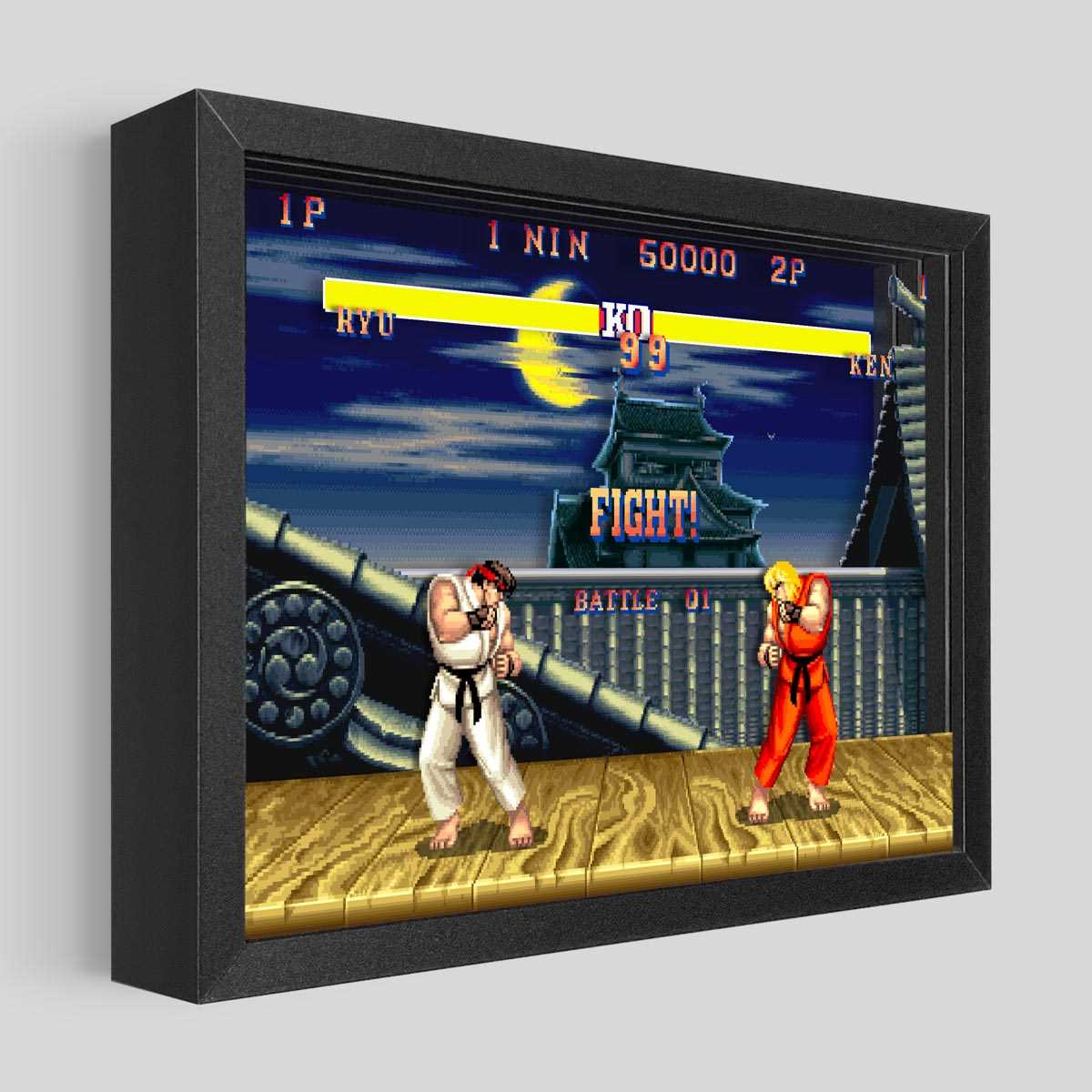
As technology advanced, so did the art of Street Fighter. With the release of Street Fighter IV in 2008, the franchise entered the HD era. The characters were now rendered in stunning detail, with realistic textures and intricate animations.
The box art for the modern Street Fighter games continued to evolve, featuring dynamic poses, intense action scenes, and vibrant colors. The art captured the complexity and depth of the characters, showcasing their unique abilities and personalities. The artwork also reflected the storytelling elements of the games, hinting at the epic battles that awaited players.
Today, Street Fighter continues to push the boundaries of art and design in the fighting game genre. With each new installment, the art evolves, incorporating new techniques and styles. However, the core essence of Street Fighter remains unchanged – a visual journey through arcade fighting.
Artistic Styles and Techniques
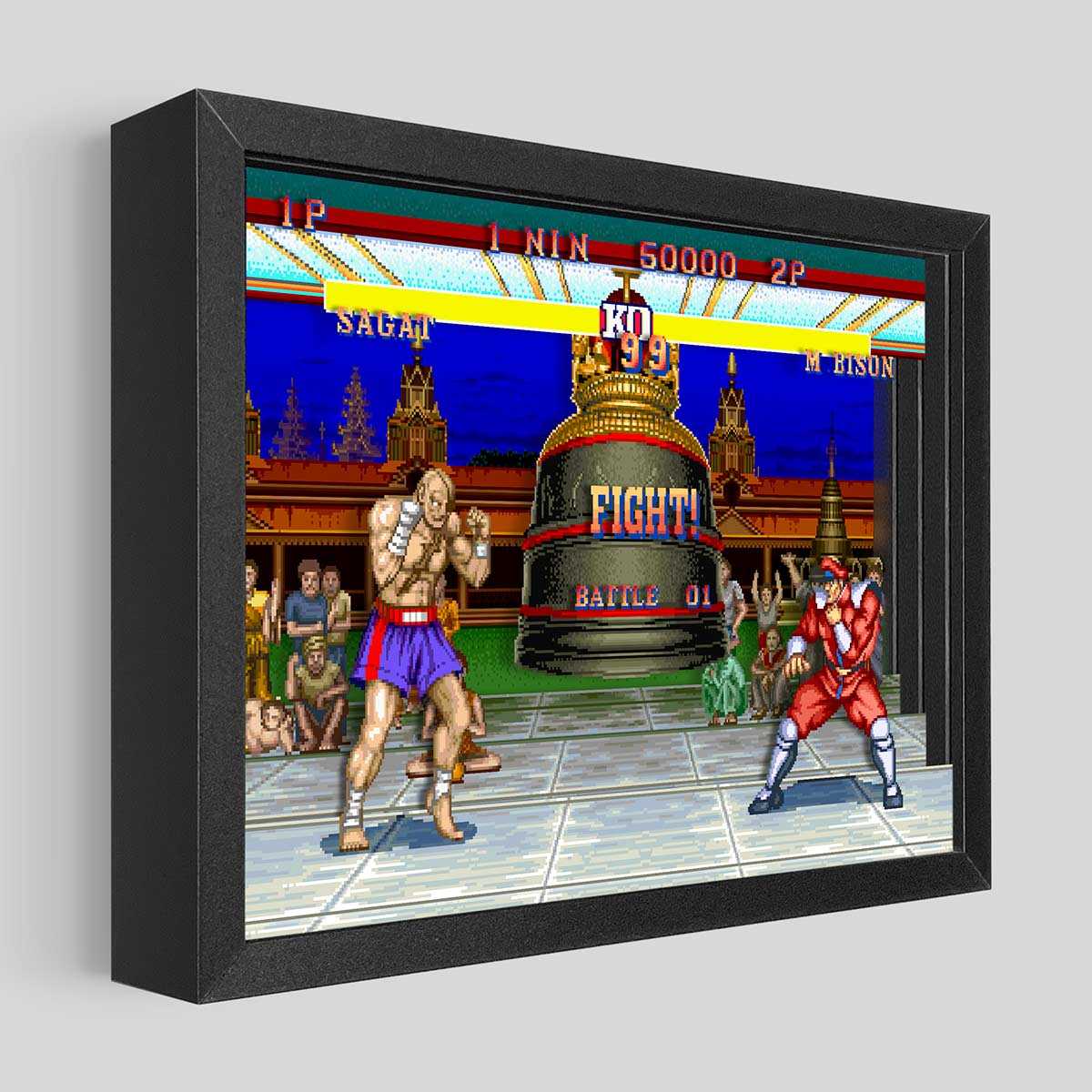
The box art for the Street Fighter series has showcased a variety of artistic styles and techniques throughout the years. From traditional hand-drawn illustrations to digitally rendered graphics, each game in the franchise has its own unique visual identity.
One common artistic style found in Street Fighter box art is a bold and vibrant comic book aesthetic. These covers often depict the characters in dynamic poses and action-packed scenes, capturing the intense nature of the game. The use of bold lines, bright colors, and exaggerated proportions is a signature of this style.
Other box art designs have taken a more realistic approach, aiming to showcase the characters in a more lifelike manner. These covers feature highly detailed and meticulously rendered character designs, often with a focus on dramatic lighting and textures. This style emphasizes the technical prowess of the artists and brings a sense of realism to the game.
Some Street Fighter box art designs have also explored minimalist and abstract styles. These covers often feature simplified or stylized depictions of the characters, using bold shapes, colors, and patterns to create a visually striking image. This approach can create a sense of intrigue and mystery, leaving the viewer curious to discover more about the game.
Techniques such as collage and mixed media have also been employed in some Street Fighter box art designs. These covers combine various elements, such as photographs, illustrations, and digital effects, to create a visually complex and layered composition. This approach adds depth and texture to the artwork, enhancing the overall visual impact.
Overall, the artistic styles and techniques used in Street Fighter box art have evolved and diversified over the years, reflecting the changing trends in the gaming industry and the artistic vision of the designers. Whether it’s a bold and vibrant comic book style, a realistic and detailed approach, a minimalist and abstract design, or a mixed media composition, the box art of Street Fighter games continues to captivate and inspire fans around the world.
Iconic Characters on the Cover
One of the defining features of the Street Fighter box art is the collection of iconic characters that grace its covers. Each installment of the game brings with it a new roster of fighters, and the cover art showcases their unique personalities and fighting styles.
From the muscular and determined Ryu to the agile and mysterious Chun-Li, the cover art presents these characters in dynamic poses that capture the essence of their abilities and personalities. These are not just static images; they communicate the energy and excitement of the game itself.
The Cover Art as a Reflection of the Game
The Street Fighter box art not only serves as a way to attract players to the game, but also acts as a visual representation of what players can expect from the gameplay. Each character on the cover represents a different style of play, with their own special moves, combos, and strategies.
The cover art often features a combination of heroes and villains, showcasing the competitive nature of the game. The chosen characters may also reflect the current story arc or plot of the game, giving players a glimpse into the narrative they are about to experience.
Legacy and Recognition
Over the years, the Street Fighter box art has become iconic in its own right. The images of characters like Ryu, Ken, and Chun-Li have become instantly recognizable to fans of the series and to the gaming community as a whole. These characters have become symbols of the fighting game genre and are often celebrated and referenced in other forms of media.
The box art has played a vital role in establishing the Street Fighter brand and helping it endure for decades. It has helped to create a visual identity for the series and has contributed to the game’s overall popularity and success.
Behind the Scenes: The Making of Street Fighter Art
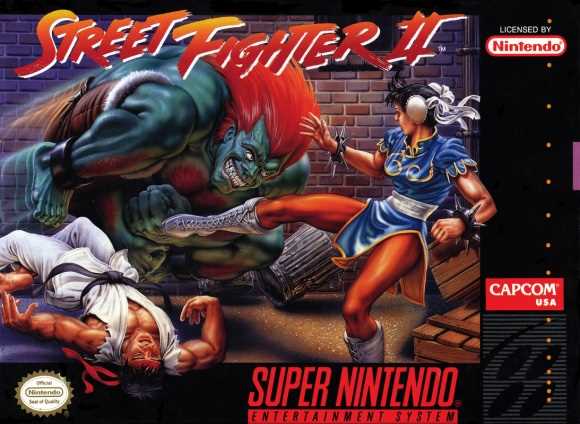
Creating the iconic art for the Street Fighter series was a labor of love and a true collaboration between artists, designers, and developers. The process behind the making of Street Fighter art is an interesting glimpse into the world of arcade fighting games and the dedication it takes to create memorable visuals.
1. Conceptualization and Character Design
The first step in creating Street Fighter art is conceptualization and character design. The artists and designers work closely with the development team to come up with unique and visually striking designs for each character. They take into consideration the character’s personality, fighting style, and overall look, ensuring that each fighter stands out in the game.
2. Sketching and Iteration
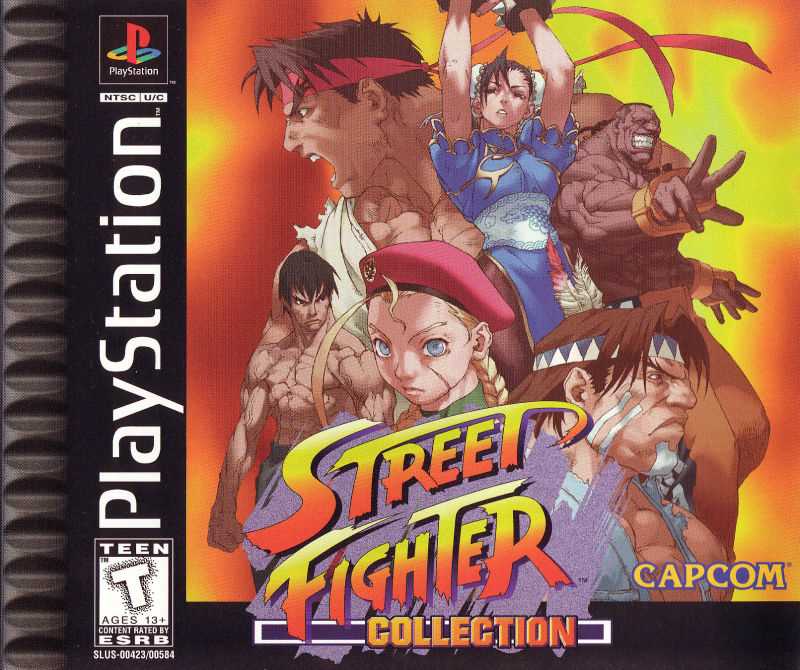
Once the initial concepts are agreed upon, the artists begin sketching the characters. This stage involves a lot of iteration and refinement, as the team works to perfect the details and proportions of each character. They experiment with different poses, expressions, and costumes, striving to create dynamic and visually appealing artwork.
3. Digital Rendering and Coloring
After the sketches are finalized, the artists move on to digital rendering and coloring. They use specialized software and tools to bring the characters to life, adding depth, shading, and special effects. This stage requires a keen eye for color and composition, as well as technical skills in digital art techniques.
4. Composition and Background Design
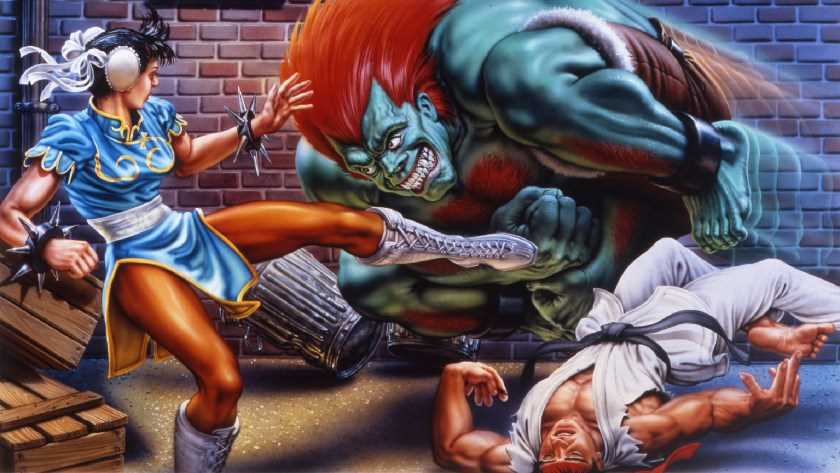
The composition and background design play a crucial role in creating the atmosphere and setting for the Street Fighter art. The artists carefully consider the positioning of the characters, the color palette, and the overall layout of the artwork. They aim to create a cohesive and visually appealing scene that enhances the action and intensity of the game.
5. Final Touches and Printing
Once the artwork is complete, it undergoes a final round of editing and touch-ups. The artists meticulously review the details and make any necessary adjustments. Finally, the artwork is ready for printing, whether it’s for the game box art, promotional materials, or collector’s edition prints.
The making of Street Fighter art is a labor-intensive and collaborative process that requires the skills and expertise of a talented team. The result is a visually stunning and iconic representation of the beloved characters and the intense world of arcade fighting games.
Influence and Legacy
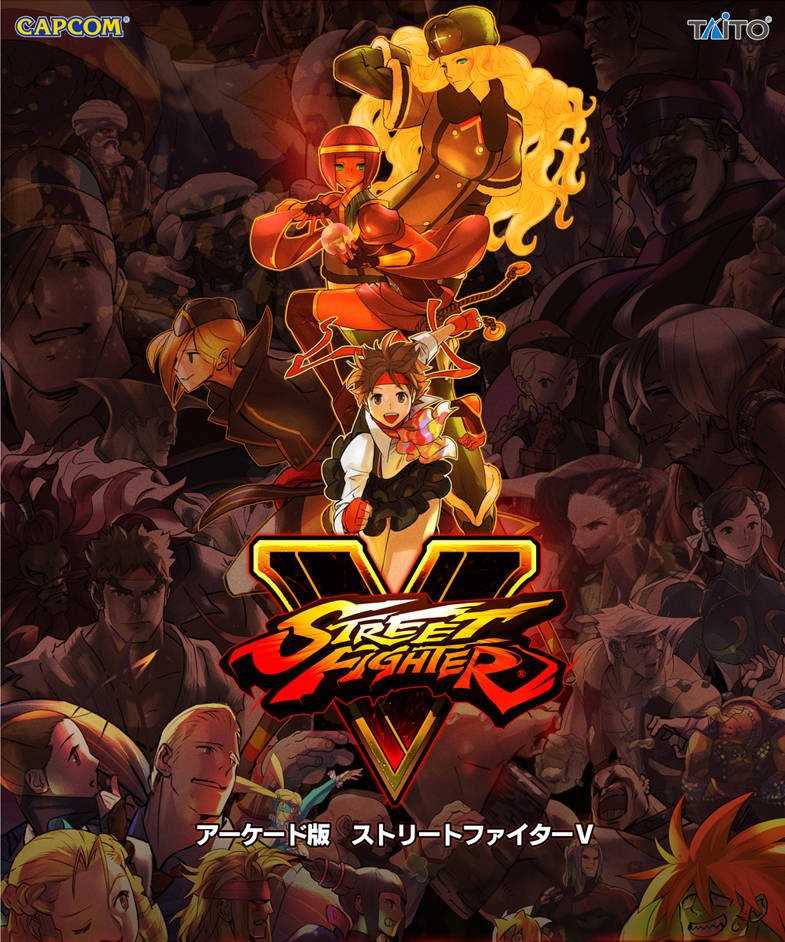
Street Fighter is not only a seminal fighting game franchise, but also has had a significant influence on the genre as a whole. The innovative gameplay mechanics introduced in the original Street Fighter game, such as special moves and combo attacks, have become fundamental elements of modern-day fighting games.
Street Fighter’s impact can be seen in the countless fighting game series and titles that followed in its wake. Games like Mortal Kombat, Tekken, and Virtua Fighter all owe a debt to the groundbreaking mechanics and gameplay introduced by Street Fighter.
Street Fighter’s characters have also had a lasting impact on popular culture. Iconic characters like Ryu, Chun-Li, and M. Bison have become household names and continue to be beloved and recognizable figures in the gaming industry. Their unique designs and movesets have inspired countless other video game characters and have become symbols of the genre.
The influence of Street Fighter extends beyond the gaming industry. The success of the Street Fighter franchise paved the way for the growth of the competitive gaming scene, giving rise to the phenomenon of esports. Street Fighter tournaments, such as the Evolution Championship Series (EVO), have become major events, showcasing the skill and passion of top players from around the world.
Street Fighter’s legacy can also be seen in the continued popularity and longevity of the franchise. With each new iteration and update, Street Fighter continues to captivate players and push the boundaries of the fighting game genre. The recent release of Street Fighter V showcased the enduring appeal of the series and its ability to evolve with the times.
Overall, Street Fighter’s influence and legacy are undeniable. It has shaped the fighting game genre and inspired a generation of gamers and game developers. From its innovative gameplay mechanics to its iconic characters, Street Fighter will always be remembered as a true pioneer and a cultural phenomenon.
Cultural Significance of Street Fighter Art
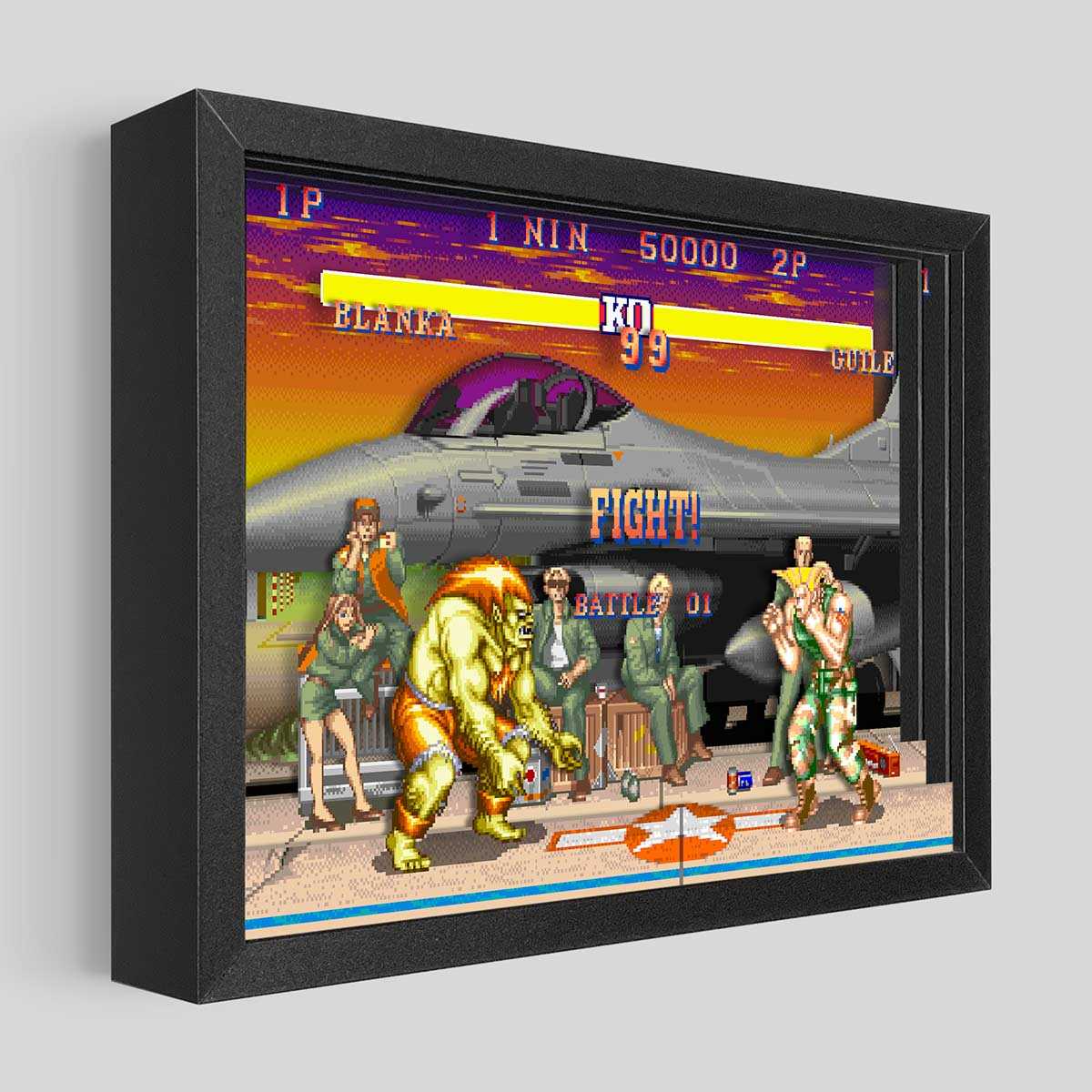
Street Fighter is more than just a series of video games. It has become a cultural phenomenon, with a lasting impact on the world of arcade fighting games. One of the key aspects that has contributed to its success is the stunning and iconic art that graces the game’s box covers and promotional materials.
The art of Street Fighter has become an integral part of the game’s identity and has played a significant role in shaping the culture surrounding it. From the early days of pixelated sprites to the beautifully detailed illustrations of recent years, the art has evolved alongside the games themselves.
One of the reasons why Street Fighter art has such cultural significance is its ability to capture the essence of the game and its characters. The vibrant colors, dynamic poses, and intricate details bring the characters to life, creating a sense of excitement and anticipation for players.
Iconic Characters
The Street Fighter series is known for its diverse roster of memorable characters, and the art has played a crucial role in shaping their visual identities. From the muscular and imposing figure of Ryu to the seductive and mysterious charm of Chun-Li, the art captures the essence of each character and helps establish their iconic status.
Influencing Pop Culture
Street Fighter art has not only shaped the game itself but has also influenced pop culture as a whole. The bold and dynamic style of the art has inspired countless artists and designers, leading to the creation of fan art, cosplay, and even fashion trends. The iconic poses and designs have become ingrained in popular consciousness and recognizable worldwide.
Street Fighter art has become a visual representation of the game’s impact on popular culture and has helped to define its legacy. It continues to inspire and captivate both fans and newcomers, serving as a testament to the enduring power of the series.
Collector’s Editions and Limited Prints
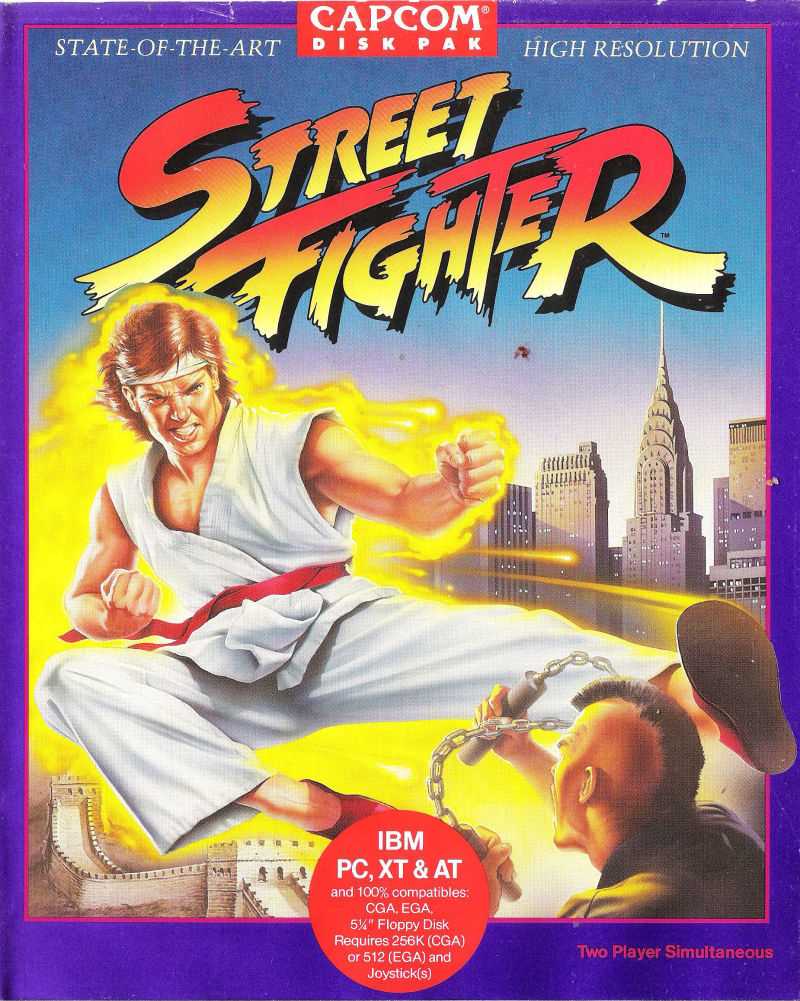
Street Fighter is not only known for its iconic gameplay but also for its collectible editions and limited prints that have been released over the years. These special editions cater to the hardcore fans and collectors who want to own something unique and exclusive related to the game.
One of the most sought-after collector’s editions is the Street Fighter 30th Anniversary Collection. This edition includes all 12 mainline Street Fighter games, plus the Alpha and the EX series. It also comes with a limited edition statue, an art book, and a replica of Ryu’s belt. This collector’s edition is a must-have for any Street Fighter enthusiast.
Another popular collector’s item is the Street Fighter V: Collector’s Edition. This edition comes with a 10-inch statue of Ryu, an art book, and a digital code for all of the game’s downloadable content. It also includes a soundtrack and a collector’s box to house all of the goodies. This edition is perfect for fans who want to display their love for Street Fighter in style.
Limited prints are also highly sought after by collectors. These prints are usually released in limited quantities and feature artwork inspired by the game. For example, Capcom released a limited print featuring the original Street Fighter II box art. These prints are often numbered and signed by the artist, making them even more valuable and collectible.
Collectors can also find limited editions of arcade cabinets, controllers, and other Street Fighter memorabilia. These items often feature unique designs and artwork that make them stand out from the standard versions. They are a great way for fans to show their dedication to the game and own a piece of Street Fighter history.
Street Fighter-inspired Street Art
Street Fighter has had a significant impact on popular culture since its release in 1987. Its iconic characters and vibrant, action-packed gameplay have captured the hearts of gamers worldwide. This impact can also be seen in the world of street art, as many talented artists have been inspired to create stunning murals and graffiti featuring Street Fighter characters and themes.
Character Portraits
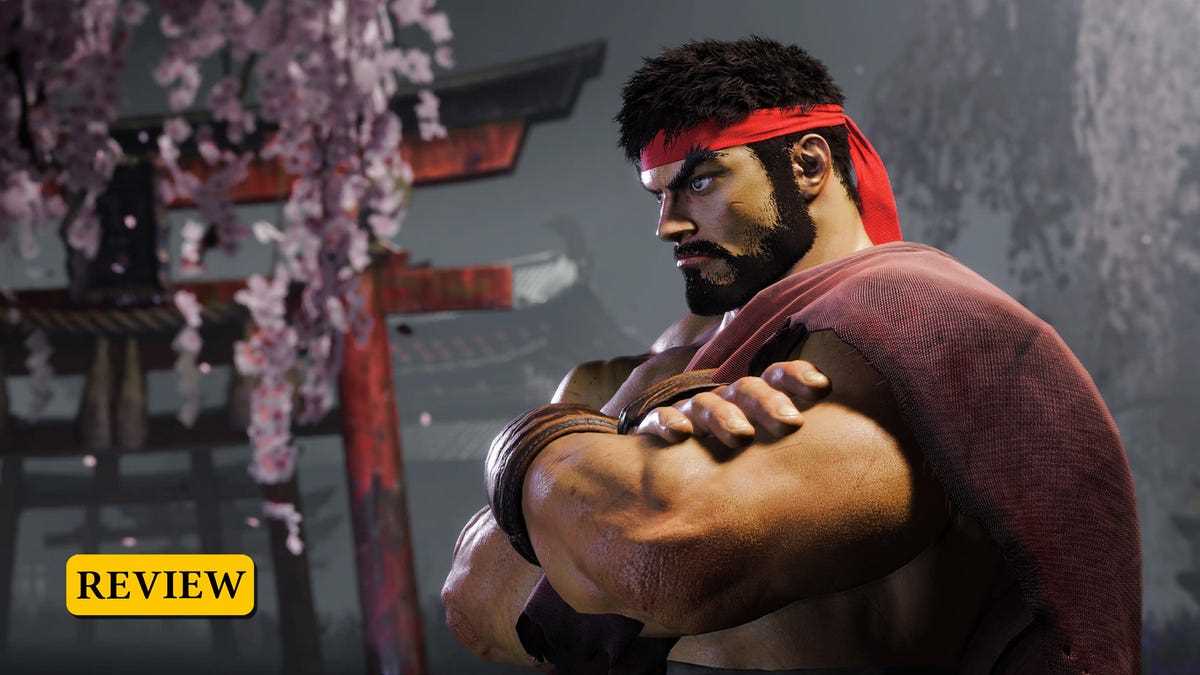
One of the most common forms of Street Fighter-inspired street art is character portraits. Talented artists reproduce the detailed illustrations of characters like Ryu, Chun-Li, and M. Bison on the walls of buildings, transforming ordinary urban landscapes into captivating visual displays. These portraits often showcase the intensity and power of the characters, capturing the essence of their fighting spirit.
Battle Scenes
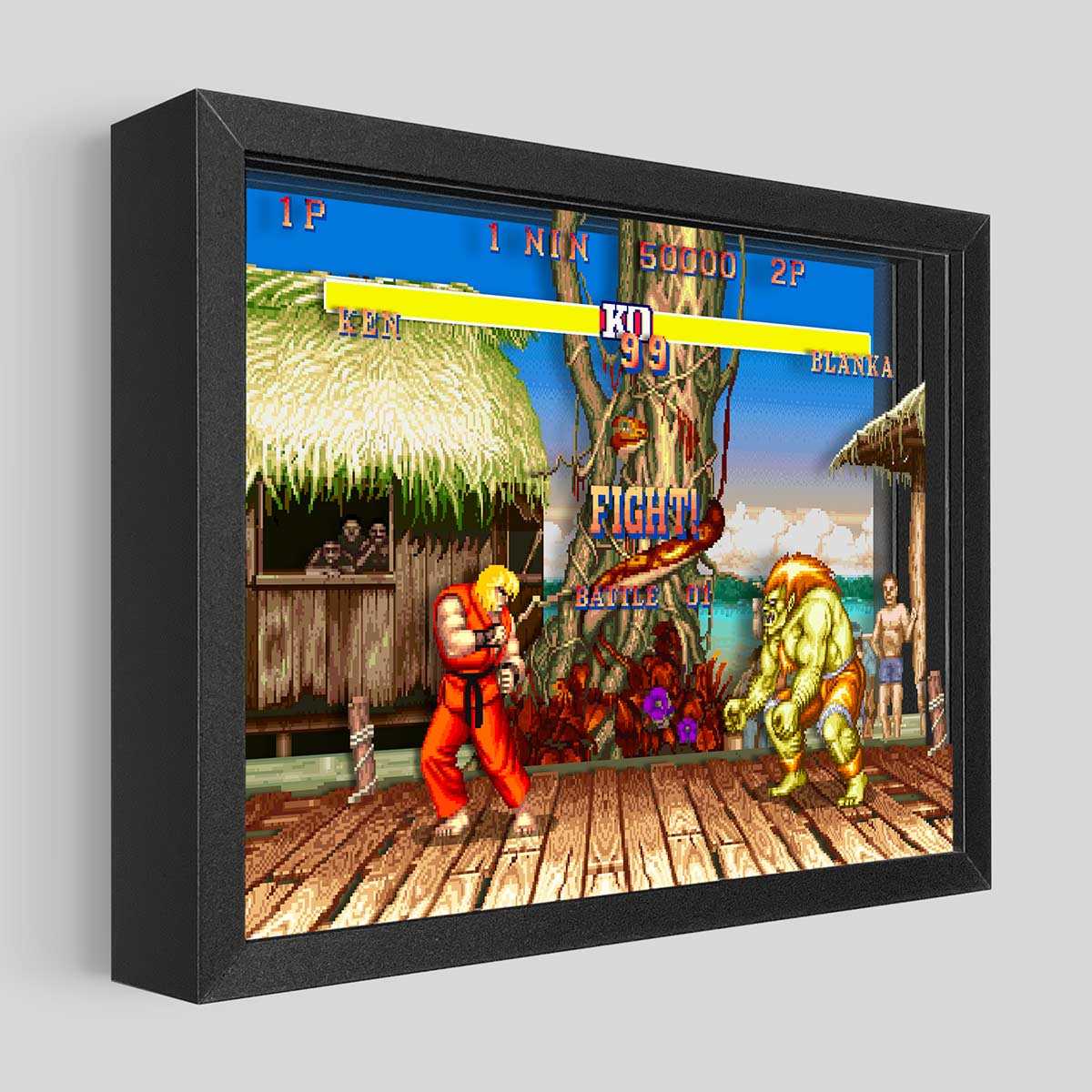
Street Fighter’s intense battles serve as inspiration for street artists looking to capture high-energy moments on their murals. These battle scenes often feature iconic matchups, such as Ryu vs. Ken or Chun-Li vs. Vega. Artists skillfully depict the dynamic moves and special attacks of the characters, creating visually stunning and action-packed representations of these epic confrontations.
Tributes to Street Fighter Legacy
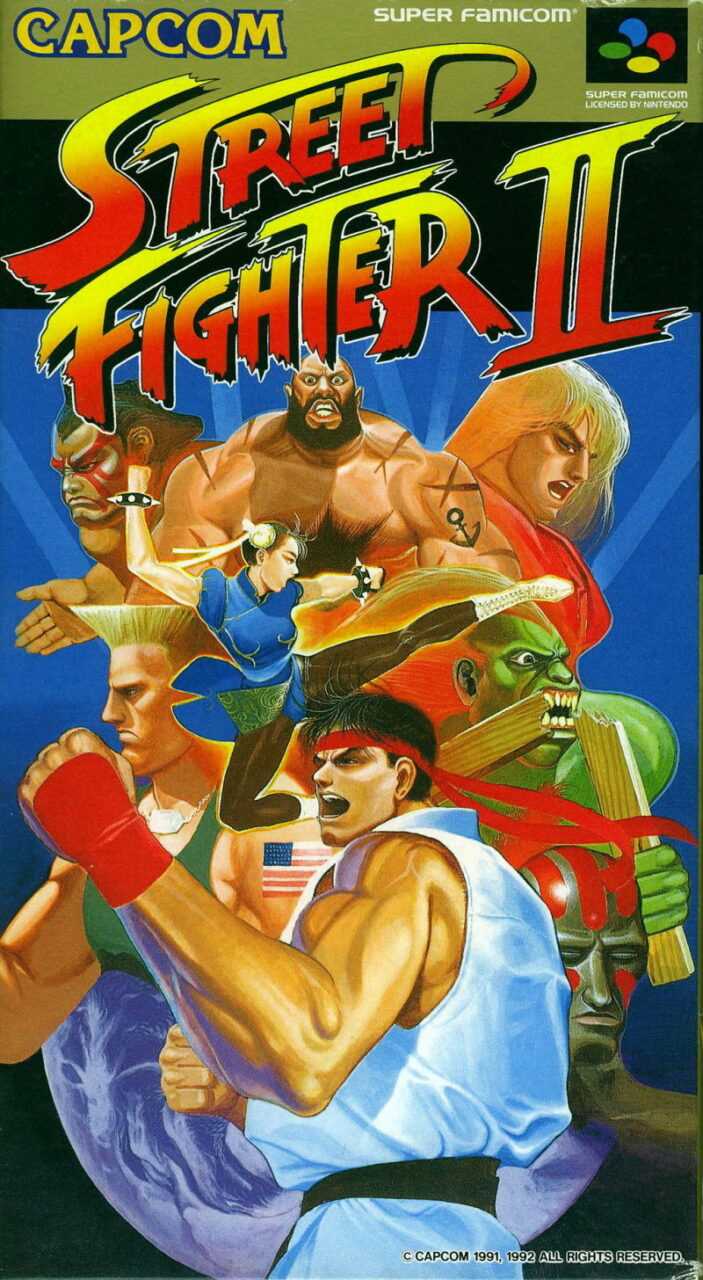
In addition to individual character portraits and battle scenes, artists also pay tribute to the legacy of Street Fighter as a whole. Some street art pieces feature a collage of various characters from different Street Fighter games, celebrating the evolution of the franchise. Others incorporate elements from the game, such as health bars, special move inputs, or iconic catchphrases, to create a nostalgic and immersive experience for fans of the series.
Community Engagement
Street Fighter-inspired street art also serves as a source of inspiration and engagement for local communities. These vibrant murals often attract attention and encourage passersby to stop, admire, and take pictures with the artwork. They can become landmarks in their own right, fostering a sense of pride and community among fans of the game. In some cases, street art events and festivals are organized to showcase and celebrate the talented artists who bring Street Fighter to life on the walls of cities around the world.
The Future of Street Fighter Art
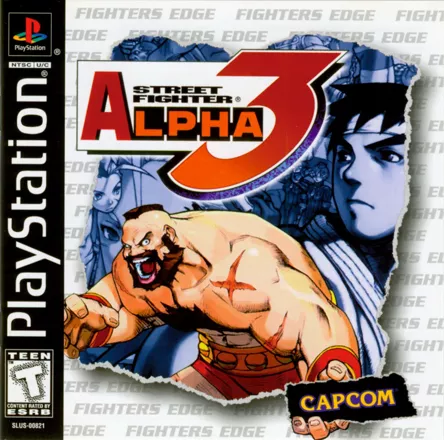
As technology continues to advance, so too does the world of Street Fighter art. With each new installment in the series, fans are treated to even more impressive and immersive visuals. But what can we expect from the future of Street Fighter art?
One possibility is the integration of virtual reality. Imagine being able to step into the world of Street Fighter, and see the characters come to life right before your eyes. With VR technology becoming increasingly accessible, it’s only a matter of time before we can experience Street Fighter in a whole new way.
Another exciting development is the potential for AI-generated art. With machine learning algorithms becoming more and more sophisticated, we may soon see AI systems capable of creating stunning Street Fighter artwork. This could open up new avenues for creativity and provide a fresh take on the series.
Additionally, the rise of social media and online communities has led to an explosion of fan art. Artists from around the world are showcasing their talent and creating incredible Street Fighter-inspired artwork. This trend is likely to continue as the fan base grows and more people are inspired to express their love for the series through art.
Lastly, advancements in graphic design and animation will undoubtedly play a role in the future of Street Fighter art. As technology improves, we can expect characters to become even more detailed and realistic, with fluid animations that bring them to life on the screen.
Appreciating Street Fighter Art: Tips for Enthusiasts
If you are a fan of Street Fighter and appreciate the amazing art that comes with the game, here are some tips to enhance your enjoyment and understanding of this incredible visual world.
1. Dive into the History
Street Fighter has a rich history that spans several decades, so take the time to explore the origins and evolution of the game. Understanding the context in which the art was created will give you a deeper appreciation for the various styles and interpretations throughout the series.
2. Pay Attention to Character Design
Street Fighter is known for its iconic characters, each with their own unique designs and fighting styles. Pay attention to the details in their costumes, hairstyles, and even facial expressions. Every element has been carefully crafted to give each character their own personality and backstory.
3. Examine the Artistic Techniques
The art in Street Fighter reflects the skill and creativity of the artists involved. Take a closer look at the brush strokes, coloring techniques, and use of shading. You’ll start to notice the subtle details and techniques that bring the artwork to life.
4. Appreciate the Dynamic Poses
One aspect that sets Street Fighter art apart is the dynamic and action-packed poses of the characters. These poses convey a sense of energy and movement, capturing the intensity of the battles within the game.
5. Explore Artbooks and Collections
There are numerous artbooks and collections dedicated to Street Fighter’s artwork. These compilations often include behind-the-scenes information, concept art, and sketches. Exploring these resources will give you a deeper understanding of the creative process and the evolution of the designs.
6. Connect with the Community
One of the best ways to appreciate Street Fighter art is to connect with fellow enthusiasts. Join online forums or attend conventions dedicated to the game. Engaging with others who share your passion will give you the opportunity to discuss and share your love for the art.
By following these tips, you’ll be able to gain a deeper appreciation for the art of Street Fighter, recognizing the talent and creativity behind the game’s visual world.
Closing Thoughts
Throughout the different iterations, we can see the impact of technological advancements on the artwork – from the pixelated graphics of the 80s to the high-definition renders of the modern era. But beyond the technical aspects, the box art also reflects the cultural influences and artistic styles of each time period, making it a unique representation of its era.
One interesting observation is the shift in focus from the game’s characters to more action-oriented scenes. While the earlier box art often showcased the iconic Street Fighter characters in their signature poses, the later releases opted for dynamic battle scenes that emphasized the intensity and excitement of the fights.
As we look back at the various box art designs, we can’t help but feel nostalgic for the games that shaped our childhoods and introduced us to the world of arcade fighting. The vibrant colors, bold designs, and skillfully executed illustrations captured our imaginations and drew us into the thrilling universe of Street Fighter.
In the end, the Street Fighter box art is not just a mere marketing tool but a testament to the creativity and artistry that went into creating this iconic franchise. It serves as a visual time capsule that allows us to revisit the different eras of arcade gaming and appreciate the impact that Street Fighter has had on the genre.
So next time you pass by an arcade machine or browse through a collection of old video games, take a moment to admire the box art and recognize the incredible journey that it represents. Street Fighter will forever hold a special place in the history of arcade fighting, and its box art is a visual reminder of the legacy it has left behind.
Embrace the power of Hadouken, and keep the spirit of Street Fighter alive!

I am a mural enthusiast and a fervent admirer of street art. Rather than creating murals myself, I am passionate about collecting them. My love for street art knows no bounds. I am dedicated to curating and cherishing these artworks that grace the streets. My collection stands as a testament to my profound appreciation for this form of artistic expression.
read about me



